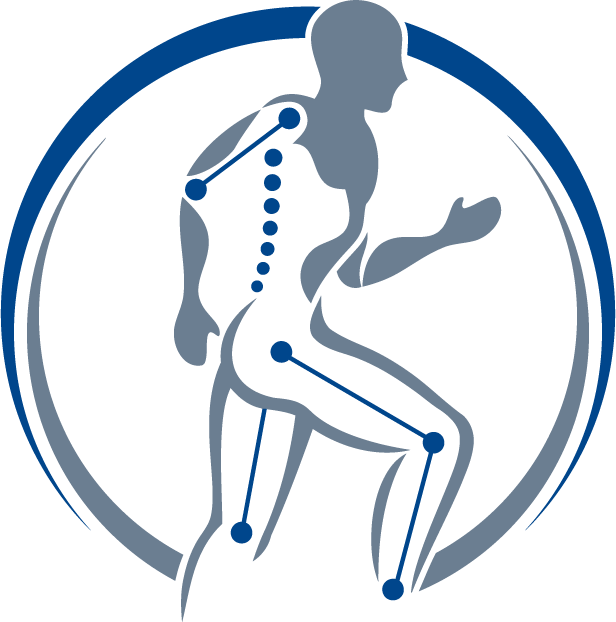Posture: The Secret to Solving Jaw Pain
Temporomandibular Joint (TMJ) is the fancy name for your jaw.
This little joint has several important jobs. It allows for eating, talking, yawning and kissing. If you have ever experienced jaw pain, clicking or locking, you know how debilitating these symptoms can be. And just like other joints in the body - physical therapy can alleviate TMJ symptoms.
While there are several causes of TMJ pain, almost all of the solutions involve some aspect of posture modification. The TMJ sits at the top of the complex upper body including your neck, shoulder blades, arms, and upper back. This is why so often jaw pain co-exists with ear pain, headaches, neck pain and shoulder pain.
As you can see above, the TMJ is like a ball and socket joint. Your skull (head) makes up the socket while your mandible (jaw bone) connects to the ball (condyle). In order for the condyle to spin and slide in the correct way, this joint needs to be well-aligned. When we sit or stand in slouched positions, allowing our head to slide forward and tilt back, it contributes to poor mechanics of this joint. With time this can create stresses on the joint, disc and surrounding muscles that contribute to face pain, headaches and clicking/locking.
Let’s test and see how your jaw feels with different postures. Do you find yourself sitting or standing like the photos below? Place your hands over the side of your face and exaggerate the posture below. Notice if you feel any clicking as you open your mouth wide. Do you feel the condyles protrude into your hand?
Try making these modifications: slightly lift your chest, bringing the shoulder blades slightly up and back. Notice how this makes your head better aligned over your shoulders. Then, gently roll your chin down so that your chin is level with the ground. Notice how this makes the back of your neck longer. Place your hands on the sides of your face again and try opening your mouth wide. Does it feel any easier? Do you feel less protrusion of your condyle into your hands?
Posture has a significant impact on how we use our jaw, but it can be difficult to change. If you struggle with this, you may consider moving your chair closer to your desk while sitting. While sitting, the arms can pull the shoulders, round the upper back, and draw the chin forward. Sitting closer reduces how far your arms have to reach forward and allows you to use your backrest to help maintain better alignment.
If you are finding it challenging to change your posture, please contact us. We often develop postural habits over many years leading to limitations in range of motion or strength that make it difficult to achieve your posture goals. We can help you identify the root cause of your posture challenges and your jaw pain.
To your joint health,
Ann & Jesse
This blog is not intended as medical or professional advice. The information provided is for educational purposes only and is not intended to serve as medical or physical therapy advice to any individual. Any exercise has potential to cause injury or pain if it is incorrectly done or is not the right exercise for an individual’s medical or physical problems. You should consult with a physical therapist or medical provider for individualized advice.





